Instructions for use Somatropin
Description
Human growth hormone (HGH, somatotropin, somatotropic hormone (STH)) – is a polypeptide produced by the anterior lobe of the pituitary gland. The number of amino acids is 191 and the molecular weight is approximately 22,000 Da. STH promotes protein conservation and is involved in many mechanisms of protein synthesis. It also performs glucose transport and glucogen storage. These growth-inducing functions are accompanied by the activity of another group of hormones, the somatomedins. Measurements of the amount of STH are primarily important in the diagnosis and treatment of various forms of abnormal growth hormrn hormone elevation. Abnormalities caused by hyposecretion include dwarfism and unacquired growth potential, while hypersecretion is associated with gigantism and acromegaly.
Caution is needed in the clinical interpretation of growth hormone levels. They vary with time of day, creating difficulties in determining normal levels or judging an individual condition based on a single determination. Many factors are known to influence growth hormone secretion levels, including periods of sleep, weakness, exercise, stress, hypoglycaemia, estrogen, corticosteroids and levodopa. Because of similarities to prolactin and placental lactogen, more previous growth hormone immunoassay kits have given incorrect results in pregnant and lactating women.
In people with growth hormone abnormalities, levels in motion and at rest correlate with the results of healthy people. Various tests have been developed to differentiate them. For example, with the onset of the deep sleep phase or after 15-20 minutes of vigorous exercise, growth hormone levels usually increase. Other tests are based on the use of levodopa, arginine and insulin. Propanolol and estrogen are sometimes used in combination with initial stimulation to enhance the effect.
Pharmacology
Stimulates the growth of human skeletal bones by acting on the epiphysis plates of tubular bones, causes an increase in the number and size of cells of muscles, liver, thymus gland, sex glands, adrenal glands and thyroid gland. Activates the synthesis of chondroitin sulphate and collagen, increases the excretion of hydroxyproline, increases body weight.
Regulates protein metabolism – stimulates the transport of amino acids into the cell and protein synthesis. Reduces cholesterol, increases triglycerides, reduces the volume of adipose tissue; suppresses insulin release and causes hyperglycaemia. Inhibits excretion of fluid, nitrogen, sodium, potassium, and phosphorus. Loss of calcium (acceleration of renal excretion) is compensated by its increased absorption in the GI tract.
Use of the substance Somatropin
Growth disorder in children with insufficiency of endogenous growth hormone, chronic renal failure in children accompanied by growth retardation, Shereshevsky-Turner syndrome, osteoporosis, immunodeficiency syndromes accompanied by weight loss.
Contraindications
Hypersensitivity, malignant neoplasms, epiphysis closure, pregnancy, lactation.
Use in pregnancy and lactation
Category of action on the foetus according to FDA – C.
Side effects of the substance Somatropin
Headache, increased intracranial pressure accompanied by severe and frequent headaches, nausea, vomiting, visual disturbances, depression of thyroid function with the development of symptoms of hypothyroidism, hyperglycemia, leukaemia, epiphysiolysis of the femoral head, oedema syndrome; local reactions – changes in the volume of adipose tissue, pain and itching at the injection site.
Interaction
Glucocorticoids inhibit the stimulating effect of somatotropin on growth processes.
Overdose
Symptoms of long-term overdose: gigantism and acromegaly, signs of hypersecretion of growth hormone; one-time – hypo- or hyperglycaemia.
Method of administration and dosage
Preferably p/k and v/m. The drug should be administered slowly.
In case of deficiency of growth hormone in the body p/k at 0.07-0.1 IU/kg body weight (or 2-3 IU/m2 body surface area) 6-7 times a week or v/m at 0.14-0.2 IU/kg (or 4-6 IU/m2) 3 times a week; Shereshevsky-Turner syndrome: p/k 0.14 IU/kg (or 4.3 IU/m2) 6-7 times a week; chronic renal failure in children accompanied by growth retardation – p/k 0.14 IU/kg body weight (or 4.3 IU/m2) 7 times a week.
Precautions
Caution should be exercised when administering to patients with diabetes mellitus or patients with a family predisposition to this disease (increased insulin requirement may occur). Blood and urine glucose levels should be monitored.
In patients with growth hormone deficiency due to brain neoplasms, more frequent examinations should be performed to exclude progression and recurrence of tumour growth.
During the treatment period hypothyroidism may develop and decrease of therapy efficacy (periodic monitoring of thyroid gland functional status and adequate replacement therapy with thyroid drugs is necessary).
Epiphyseolysis of the heads of tubular bones is more common in patients with endocrine disorders, including growth hormone deficiency. Detection of claudication during growth hormone therapy in children requires careful monitoring.
In the presence of severe or recurrent headaches, visual disturbances, nausea, vomiting, examination of the ocular fundus (fundoscopy) is recommended to detect oedema of the optic disc, the presence of which suggests the possibility of intracranial hypertension. In this case, if possible, it is necessary to discontinue treatment with growth hormone. Close monitoring of symptoms of intracranial hypertension is mandatory during repeated administration. It is necessary to change the sites of subcutaneous injections due to the possibility of lipoatrophy development. The best results are observed when treatment is administered at the earliest possible age. Treatment is continued until puberty and until the bone growth zones are closed. It is possible to discontinue treatment when the desired growth is achieved.
Showing 1–16 of 4474 results
-
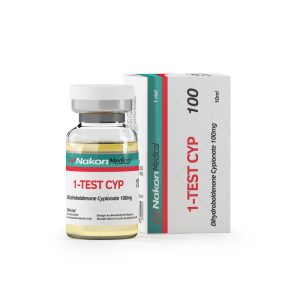
1 Test Cyp 100mg/ml – Nakon Medical Nakon Medical
108,00 £ Add to cart -
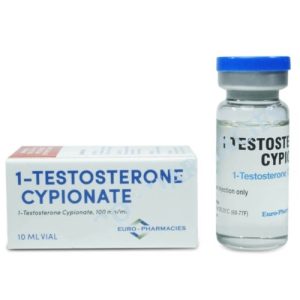
1 Testosterone Cypionate Euro Pharmacies
33,00 £ Add to cart -
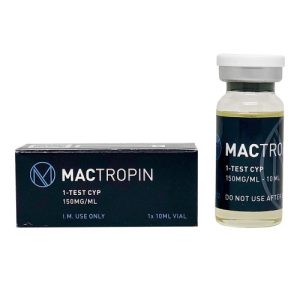
1- Test C / Dhb Mactropin
45,00 £ Add to cart -
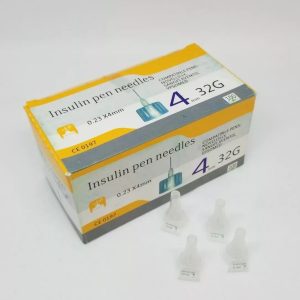
1-Testosterone Cypionate DHB 75mg/ml, 15ml/vial USA Euro-Pharmacies
114,00 £ Add to cart -
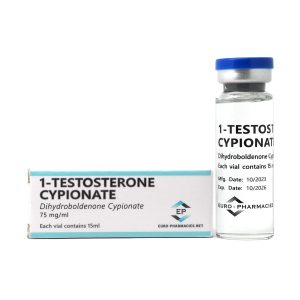
1-Testosterone Cypionate DHB 75mg/ml, 15ml/vial USA Pharmaceutical
114,00 £ Add to cart -
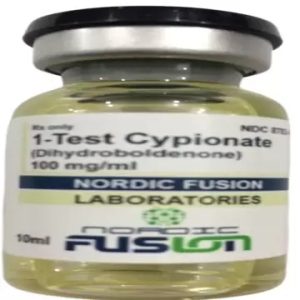
1-TESTOSTERONE CYPIONATE NORDIC FUSION
69,00 £ Add to cart -

10 amp-1-Testosterone Cypionate (DHB) – 100mg/ml 1ml-amp EU Pharmaceutical
66,00 £ Add to cart -

10 amp-Boldenone Undecylenate (Boldenone) – 250mg-ml 1ml-amp EU Euro-Pharmacies
84,00 £ Add to cart -

10 amp-Drostanolone Enanthate 200mg-ml 1ml-amp EU Euro-Pharmacies
120,00 £ Add to cart -
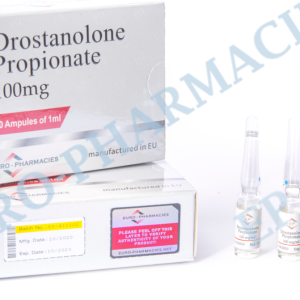
10 amp-Drostanolone Propionate 100mg-ml 1ml-amp EU Euro-Pharmacies
84,00 £ Add to cart -

10 amp-Nandrolone Decanoate (Deca) – 250mg-ml 1ml-amp EU Euro-Pharmacies
84,00 £ Add to cart -

10 amp-Nandrolone Decanoate (Deca) – 250mg-ml 1ml-amp EU Pharmaceutical
84,00 £ Add to cart -
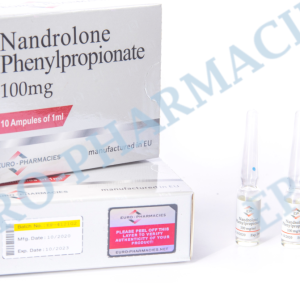
10 amp-Nandrolone Phenylpropionate (NPP) – 100mg-ml 1ml-amp EU Euro-Pharmacies
60,00 £ Add to cart -
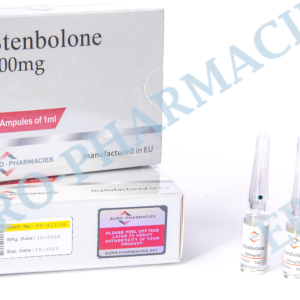
10 amp-Stenbolone acetate 100 – 100mg/ml 1ml-amp EU Euro-Pharmacies
114,00 £ Add to cart -

10 amp-Stenbolone acetate 100 – 100mg/ml 1ml-amp EU Pharmaceutical
114,00 £ Add to cart -
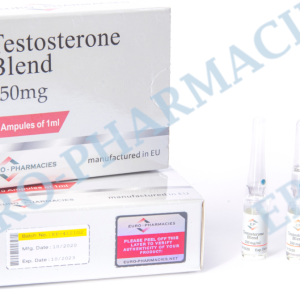
10 amp-Sustanon 250 – 250mg-ml 1ml-amp EU Euro-Pharmacies
72,00 £ Add to cart
